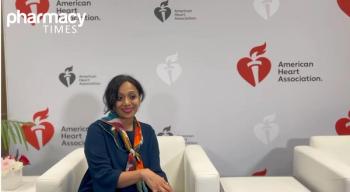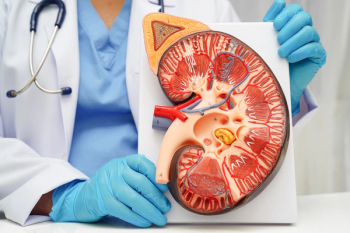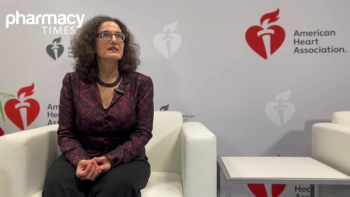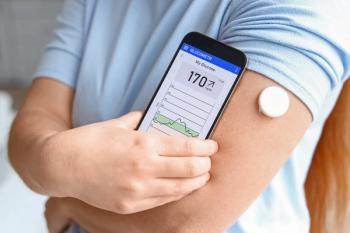
Pharmacists Can Affirm Transgender, Non-Binary Patients
A presentation at the AMCP Nexus conference focuses on the health care disparities and pharmacotherapy options for gender affirmation.
Pharmacists can positively affect transgender and non-binary patients by understanding the health disparities that affect them and learning about pharmacotherapy options for gender affirmation, according to a presentation at the Gaylord National Convention Center in National Harbor, Maryland, on October 13, 2022.
“Gender identity is how someone identifies themselves vs how others identify them,” said Tam Phan, PharmD, AAHIVP, assistant professor of clinical pharmacy at the USC School of Pharmacy and a clinical pharmacist at the Los Angeles LGBT Center, both in California, during his presentation titled “Embracing Diversity: the Impact of Managed Care Pharmacists on Transgender Care.”
There are more than 1.3 million transgender adults and 300,000 transgender adolescents between 13 and 17 years of age in the United States, he said. These individuals have a high prevalence of
They also frequently do not see physicians and are not up to date on their screenings, often a result of negative past experiences with health care professional or the fear of being mistreated, Phan said. Pharmacists should familiarize themselves with the role of medications for those who are transitioning and understand that the goals of therapy are individualized, he said. For instance, not all transgender patients use hormones for the same reasons or use hormones at all.
There are also specific factors pharmacists should keep in mind with therapies. For example, considerations and contraindications related to testosterone include coronary artery disease, hormone-sensitive cancer, polycythemia, and pregnancy.
In addition, when working with transgender or non-binary individuals, Phan suggested that pharmacists and other health care providers employ best practices around language that avoids assumptions.
So, instead of addressing new patients using pronouns or gender-specific terms such as “ma’am” or “sir,” they could say, “How may I help you today?” he said.
“Terminology today continues to change. We really want to keep up to date with terminology and respect gender identity,” Tran said.
Developing cultural competency strategies are also a key part of working with transgender patients, he said. These include advocating for patients, becoming educated about issues related to their health care, and deferring to patients to be the authorities on their own experiences. Pharmacists and other health care providers may also want to consider introducing themselves with their own pronouns to help create a positive experience for patients.
The patient’s experience should be affirmative and inclusive from the time they check in to when they leave a clinician’s care, which may mean advertising the practice as LGBT-friendly educating and training staff members appropriately, and having relevant material available to patients, such as information on HIV/AIDS and screenings.
Reaching patients in the highest areas of geographical need and partnering with organizations that serve the same population can also provide needed care to transgender and non-binary patients.
In the end, Phan said, “we have to acknowledge our own biases. Ultimately, as pharmacists we are our patients’ best advocates.”
Reference
Phan TC. Embrace diversity: the impact of managed care pharmacists on transgender care. Presented at: AMCP Nexus; Gaylord National Convention Center in National Harbor, Maryland: October 13, 2022.
Newsletter
Stay informed on drug updates, treatment guidelines, and pharmacy practice trends—subscribe to Pharmacy Times for weekly clinical insights.
















































































































































































































